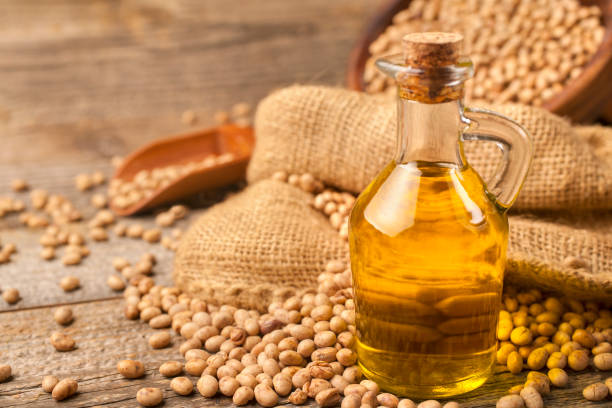Malaysia Is Doing Intercontinental Soybean Oil Business

There is no commercial cultivation of Soybeans in Malaysia. But their Soybean-related commodities trade is significant. While roughly 20 percent of imported Soybeans are used to make soy drinks and tempeh, a fermented Soybean cake for human consumption, crush demand from the feed industry; specifically, the poultry industry largely dictates domestic Soybean consumption. Demand for poultry products dropped at the beginning of the COVID-19 pandemic but started a slow recovery in late 2020 when the Government of Malaysia began cautiously reopening the economy.
According to the AgFlow data, Argentina led the Malaysian Soybean import market with 1.6 million tons in 2022, followed by the United States (0.4 million tons) and Brazil (0.14 million tons). The USDA forecasted MY 2021/22 Soybean imports at 840,000 tons, a slight increase from their MY2020/21 estimate. The expected uptick in imports is based on expected slow recovery in poultry demand. The United States is the largest supplier of Soybeans to Malaysia, with nearly a 90 percent market share in MY 2019/20, followed by Canada, Brazil, Argentina, and Ukraine.
In terms of the Soybean oil trade, Malaysia buys Soybean oil from Argentina, then sells to Mauritania. In 2020, Malaysia imported Soybean Oil worth $73.9 million, becoming the world’s 31st most significant importer of Soybean Oil. In the same year, Soybean Oil was the 360th most imported product in Malaysia. Malaysia imports Soybean Oil primarily from: Argentina ($39.6 million), China ($7.7 million), Saudi Arabia ($6.9 million), Brazil ($6.8 million), and Thailand ($5 million).
The same year, Malaysia exported Soybean Oil worth $150 million, making it the world’s 13th largest exporter of Soybean Oil. In the same year, Soybean Oil was Malaysia’s 184th most exported product. The leading destination of Soybean Oil exports from Malaysia is Mauritania ($38.5 million), the Philippines ($24.3 million), Australia ($18.1 million), Indonesia ($15.8 million), and Singapore ($9.6 million).

The Malaysian Department of Agriculture approved importing Soybeans from Argentina, Australia, Canada, China, South Africa, Ukraine, the USA, and Uruguay. For other countries, importers should apply for consideration of import approval to Import Control & PRA Unit, Plant Biosecurity Division, Department of Agriculture.
The Department of Agriculture requires that a copy of this Import Permit (IP) must be sent to the consignor. The consignment must be accompanied by: i) Import Permit (IP), ii) Phytosanitary Certificate (PC), which has the Malaysian Import Permit (IP) reference number and reference number of the quarantine treatment certificate (if related) printed in the additional declaration column, and iii) the quarantine treatment certificate (if related). Import License is to be sought from the relevant Ministry if required.
Malaysian Quarantine and Inspection Service (MAQIS) officers will take the samples at the point of entry and send them to National Post Entry Quarantine Station (PEQ) Serdang, Malaysia, for screening of pests, diseases, and other regulated articles. If any pests, diseases, and other regulated articles are present during the post-entry quarantine screening process, the Department of Agriculture has the right to suspend future importation until the cause of the non-compliance is investigated, identified, and rectified to the satisfaction of the Department. All costs incurred during PEQ activities will be borne by the importer.
Consignments must be inspected and tested according to appropriate official procedures and are considered free from soil, pests, diseases, weed seeds contaminants, and regulated articles by the National Plant Protection Organization (NPPO) of exporting country. Consignment is subjected to visual inspection, examination, or analysis before clearance by MAQIS officer upon arrival at the point of entry into Malaysia. A PC must accompany all re-export consignments from the country of origin and a re-export PC from the re-exporting country.
Read also
Wheat in Southern Brazil Impacted by Dry Weather and Frosts
Oilseed Industry. Leaders and Strategies in the Times of a Great Change
Black Sea & Danube Region: Oilseed and Vegoil Markets Within Ongoing Transfor...
Serbia. The drought will cause extremely high losses for farmers this year
2023/24 Safrinha Corn in Brazil 91% Harvested
Write to us
Our manager will contact you soon



